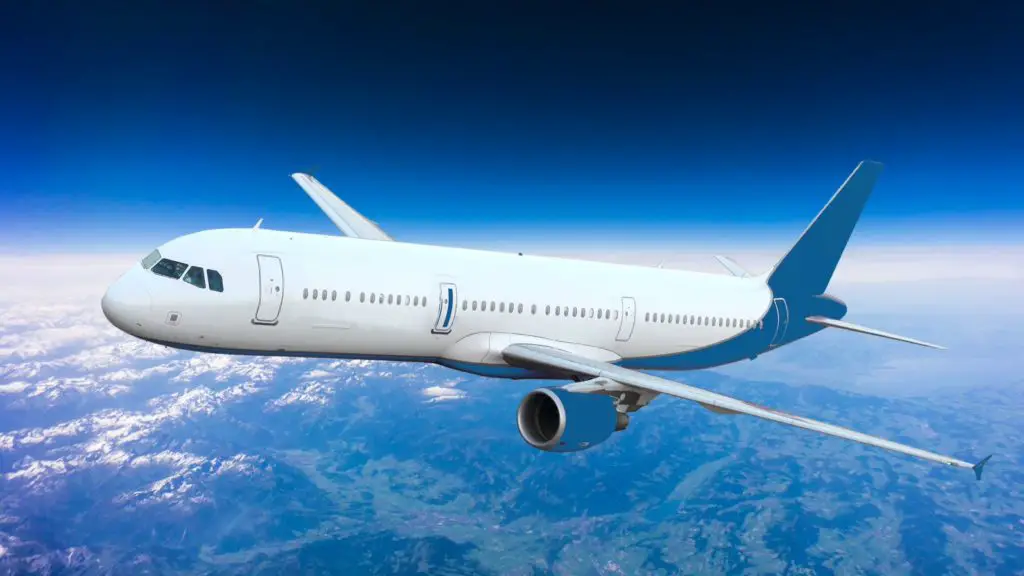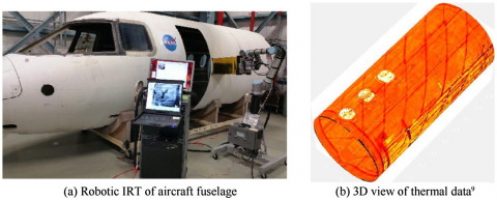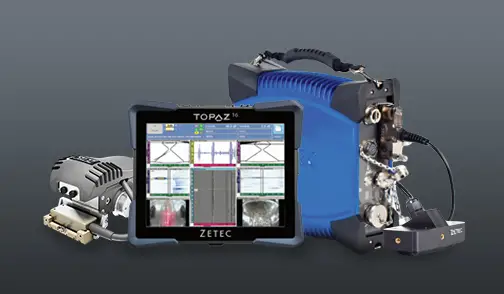
How Airbus And Boeing Are Using Artificial Intelligence For Autonomous Flight
Artificial Intelligence (AI) is dramatically reshaping our world, transforming everything from self-driving cars to virtual assistants. This technological evolution is not confined to ground-based operations alone. Aviation, one of the most complex and regulated industries, also embraces AI to enhance operations.
Two of the most prominent manufacturers in aviation, Airbus and Boeing, have recognized the potential of AI to bring about a paradigm shift in the industry. By incorporating AI in their operations, they aim to usher in an era of autonomous flight, which could make air travel safer, more efficient, and more passenger-friendly.
This article delves into how Airbus and Boeing are leveraging AI to enable autonomous flight, exploring the various challenges faced and potential benefits of AI-powered flight.
How Airbus is Using AI for Autonomous Flight
Airbus, a pioneer in aviation technology, has been actively working on integrating AI into its flight systems for several years now.
One of the flagship projects that Airbus is working on is Autonomous Taxi, Take-Off, and Landing (ATTOL). This ambitious project aims to develop an AI-powered system that can handle the intricate processes of taking off and landing an aircraft without any human input. By using AI for these critical phases of flight, Airbus hopes to enhance safety and efficiency, reducing the workload on human pilots.
A significant milestone in this direction was achieved in 2020 when Airbus successfully completed a fully automated, vision-based take-off and landing. This groundbreaking achievement was made possible by their concerted efforts to develop AI-powered systems to assist pilots in tasks like landing during adverse weather conditions and obstacle avoidance.
How Boeing is Using AI for Autonomous Flight
Boeing, another dominant player in the aviation industry, is not far behind in the race toward AI-powered autonomous flight. Boeing’s Phantom Works, a division dedicated to pushing the boundaries of aviation technology, is at the forefront of developing AI systems for autonomous flight. Their work ranges from MQ-28 Ghost Bat to X-45.
The Boeing X-45 was an experimental, unmanned combat aircraft developed by Boeing Phantom Works. It was designed to be a completely autonomous aircraft. Boeing Integrated Defense Systems manufactured the X-45, part of the Defense Advanced Research Projects Agency’s (DARPA) Joint Unmanned Combat Air System (J-UCAS) program. It was also equipped with a variety of weapons, including air-to-air missiles and bombs. The X-45 was tested in a variety of flight tests and demonstrated the ability to fly autonomously and engage in simulated combat.
The X-45 is a significant development in the field of unmanned aircraft. It was the first such aircraft designed to be completely autonomous, and it has the potential to revolutionize how air combat is conducted.
Challenges of Autonomous Flight
As promising as AI-powered autonomous flight may sound, it is not without its challenges. The road towards full autonomy is filled with hurdles that need to be overcome, from ensuring absolute safety to winning public acceptance.
Safety Concerns
Safety is paramount in the aviation industry. One of the biggest challenges is ensuring that autonomous flights meet or exceed the safety standards established with human pilots. AI systems must be capable of making decisions that are as safe, if not safer, than those made by experienced human pilots. This includes handling a wide range of unexpected scenarios, from technical malfunctions to adverse weather conditions.
Regulatory Hurdles
Another significant hurdle is regulatory approval. As autonomous flight is a relatively new and untested territory, governments around the world will need to develop comprehensive regulations governing their operation. This includes defining standards for AI system performance, setting up rules for air traffic management, and establishing protocols for emergency situations.
Public Acceptance
Perhaps the most intangible challenge is public acceptance. Many people may initially be hesitant or even outright resistant to the idea of flying in an aircraft controlled by AI rather than a human pilot. Overcoming this reluctance will require demonstrating the safety and efficiency of AI-powered flight and effectively communicating these benefits to the public.
Potential Benefits of AI-Powered Flight
Despite the challenges, the potential benefits of AI-powered flight are profound and far-reaching. Harnessing AI’s power could revolutionize how we fly, making air travel safer, more efficient, and more comfortable.
Enhance Flight Safety
AI systems have the potential to significantly enhance flight safety. By reducing human error, which is a major factor in aviation accidents, AI can help prevent mishaps. Advanced AI systems can continuously monitor the aircraft’s systems, predict failures, and take corrective action even before a problem arises.
Efficiency
AI can also make flights more efficient. AI can reduce fuel consumption and minimize delays by optimizing routes based on real-time data, such as weather conditions and air traffic. Furthermore, predictive maintenance enabled by AI can reduce downtime, increasing the overall operational efficiency of airlines.
Comfort
AI has the potential to enhance passenger comfort as well. From adjusting the cabin temperature to providing personalized entertainment options, AI can make the flight experience more enjoyable for passengers.
Final Thoughts
Artificial Intelligence is rapidly transforming the aviation industry. Airbus and Boeing, two of the world’s leading aircraft manufacturers, are also working towards this transformation, heavily investing in AI to enable autonomous flight. They envisage a future where AI not only revolutionizes aviation, making flights safer, more efficient, and more comfortable, but also overcomes the existing challenges.
While hurdles remain, the potential benefits of AI-powered flight are immense. As AI technology continues to evolve and mature, we can anticipate seeing more and more autonomous flights in the years to come, ushering in a new era of air travel. The sky, as they say, is the limit!







